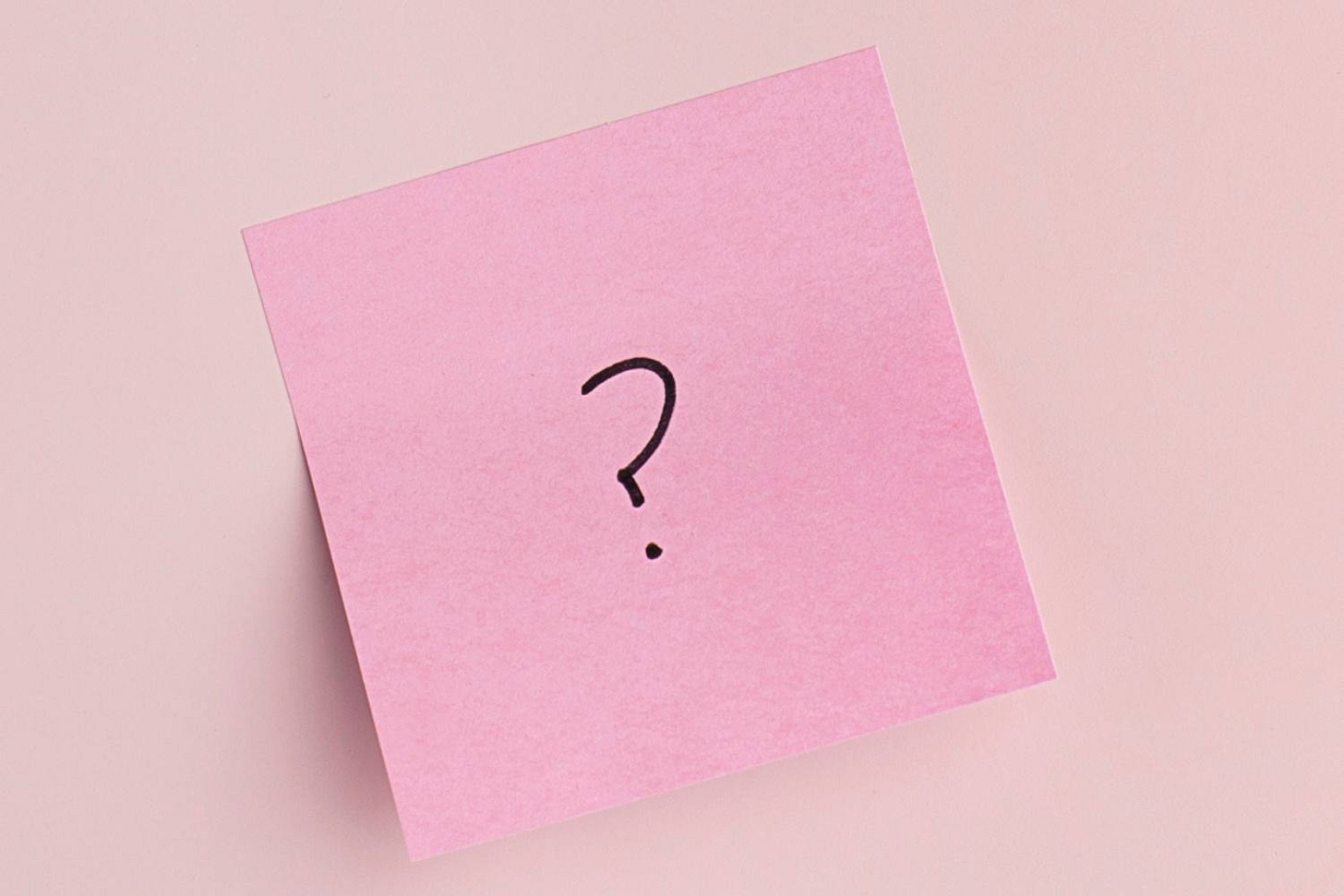Hello, hello! It's me, your inner voice calling
Plus: How to strengthen your inner voice • Why learning a new language can improve brain function • How to rock a "bold lip" look and more!
BeWell | The Midst beauty, style & wellness newsletter
No one has ever described me as “quiet.” In grade school, I would get in trouble for being too loud in the back of the bus. In high school, I talked “too much,” and as soon as I escaped to college, I SCREAMED. Third-wave feminism was recruiting voices, and I volunteered to be one of them. I had something to say about this being-a-girl thing, so I voiced my frustrations and pride into zines, punk rock songs, coffee shop conversations, and every ear that would listen.
My partner tells me, “You’ve never met a stranger.” (And for the same reason, my son tells me I’m “cringe.”) I got this from my mom, who knew the names of every salesperson, parent, and dog in town. When she talked to strangers, her world expanded. I wanted to talk to strangers, I wanted my world to expand, I wanted to be like my mom — to be brave.
Being brave, I’ve come to find out, also means owning the responsibility to be loud for anyone who has to be quiet. This is not always a pleasant experience, but it is always a necessary one.
Today I’m experimenting with finding my quiet. It’s challenging to mute the stories I write and the negative self-talk spinning in my head — but when I do, my loud sounds better. What we say to ourselves determines what we say to others, so tapping into our inner voices becomes a critical exercise in strengthening the energy and words that come out of us.
What I’ve come to find out is that being quiet is hard work. It’s also incredibly brave. Here’s a bit of what I’ve discovered so that you, too, can strengthen your gorgeous voice, inside and out.

How to strengthen your inner voice
Getting in touch with that voice inside your head is (kind of) easy with practice. But first, lets determine what “inner voice” means.
Intuition vs. inner voice
Your intuition comes to you through your senses, while your inner voice arrives via that big ol’ brain. While similar, each has its own special purpose and importance in our lives.
Intuition
Intuition means understanding something without the use of reasoning. Your brain quickly takes in large amounts of information and processes it based on your past experiences, which leads you to an automatic answer. The most common example? Having a gut feeling about someone or something.
Inner voice
Meanwhile, your inner voice refers to that little voice inside your head — hearing yourself talk in your head without actually speaking or forming sounds. (To my surprise, not everyone has an inner voice because of the unique ways we think.) This inner monologue has benefits, like helping you process thoughts, prepare for hard conversations, encode information, store memories, and tap into critical thinking and creativity.
Get this!
"No matter how your intuition speaks to you, it is essentially your inner voice perceiving, discerning, distilling, and communicating information in advance of you needing it,” explains Jennifer Racioppi, author of Cosmic Health.
5 simple ways to exercise your inner voice
Your inner voice needs to be nurtured to be heard. Here are five easy ways to encourage positive self-talk:
Meditate daily. Creating space between your thoughts and actions provides opportunities to listen. Apps like Headspace and Calm can help facilitate this mindfulness.
Journal in the morning. Writing by pen slows down thoughts before they hit paper, and gets all the crap out of your mind before your start each day.
Self-care is key. Eating, exercising, and (sometimes) sleeping are all things we can control — whether we want to admit it or not. Do these things well, and you’ll be set up for success to reach within.
Listen to others. Stop thinking about your next word and instead practice really listening in your conversations. This will strengthen inner listening, too.
Set boundaries. Listening to everyone else’s opinion is a waste of time. You know what you want and need, and by practicing this listening, you can tune in — and tune out.

Ask Lauria
Our Beauty & Wellness Editor welcomes your Qs
Q: “How do I create a ‘bold lip’ that’s age-appropriate and doesn’t look like the Joker?” —Heather Heckinger, 49, Los Angeles, CA
A: First of all, I don’t believe in “age-appropriate,” only “you-appropriate.” If you’re asking how to make a bold lip look more refined, it’s as simple as coloring within the lines.
First, you want to make sure your canvas is primed. I do this by extending my foundation over my lipliner, onto my lips. Then I prep my lips with a balm like my fave, Burt's Bees. Don’t miss this important step.
Now here’s the trick! Next, apply a coat of lipstick before lipliner, staying within those natural lip lines.
Then, apply lipliner in the same color of your lipstick along (or slightly over to create a bigger pout) your natural lipline. Blend it into your lipstick as you apply, don’t just create an “outline.” At this point, you can blot and reapply another coat of lipstick for extra wearability. Bam, bold!
Get answers to your most pressing beauty, style, wellness, or whatever questions: “Ask Lauria” in comments or by emailing Lauria@The-Midst.com.
How learning another language may help prevent age-related memory loss (and 4 ways to get started)
By Emily Ornberg
What was their name again? Why did I walk into the kitchen? Where the [$%*#] are my keys?!
Trouble remembering things is a shared woe among us in our midst. In fact, in a study published in January 2021 in the journal Menopause, Dr. Pauline Maki and her colleagues found that about one in three women experienced significant decline in memory post menopause. According to the Cleveland Clinic, a decrease in estrogen (like during midlife) can have an effect on brain function.
Keep reading with a 7-day free trial
Subscribe to The Midst to keep reading this post and get 7 days of free access to the full post archives.




